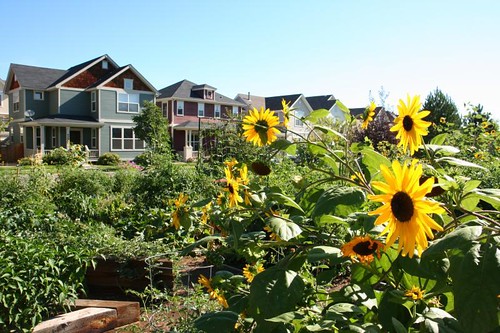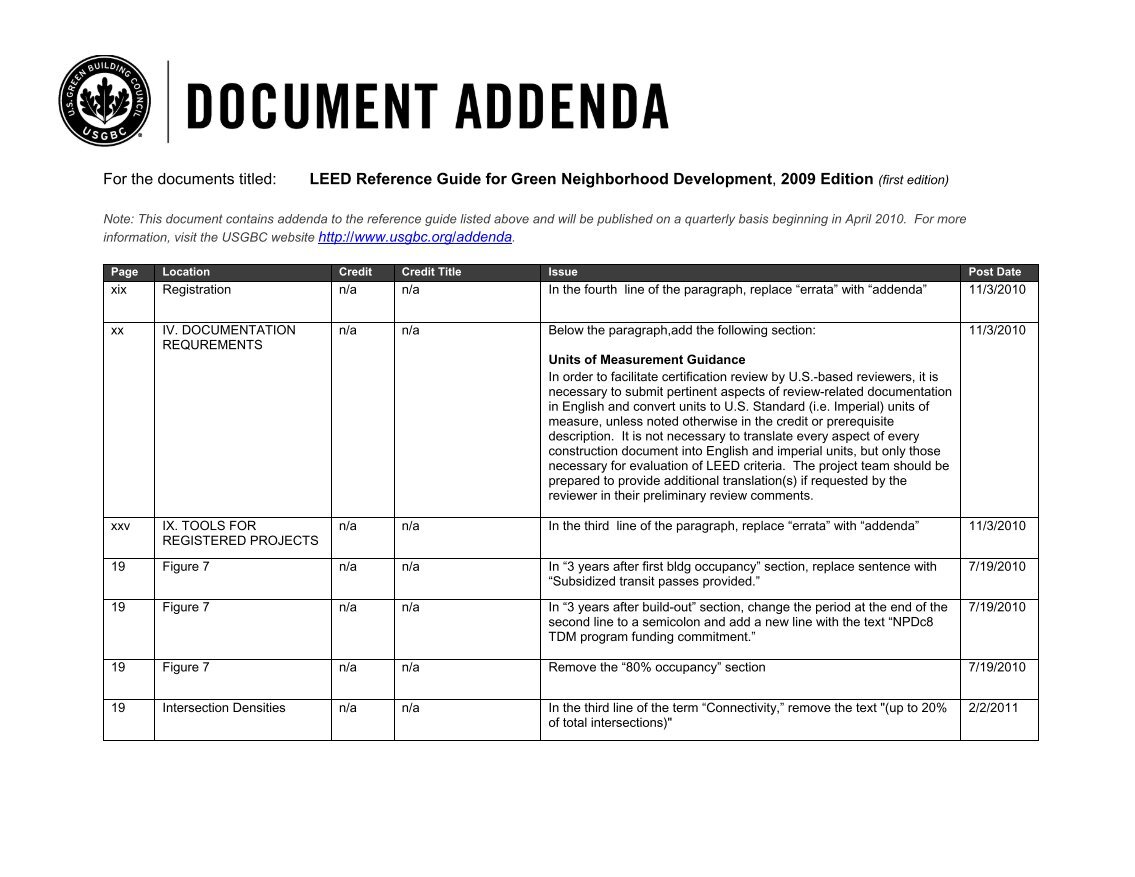Leed Reference Guide For Green Neighborhood Development

Today I was tasked with determining the implications that pursuing LEED for Neighborhood Development (LEED-ND) certification would have on current, preliminary plans for a roughly 100 acre mixed use development including a retail center, offices, and a mix of single- and multi-family residential. Though generally aware of LEED-ND this is the first time I’ve tried to apply the rating system to a specific project, and I figured many of you will be in the same boat sooner or later.
With that in mind, here’s what has jumped out at me as the major issues we’ll need to discuss with the client. If you have absolutely no idea what LEED-ND is or what it attempts to do, I strongly recommend checking out this short video before continuing. The Bluth’s Development would probably not qualify for LEED-ND To create this analysis and resulting post I’ve been relying on the rating system document, the LEED-ND Reference Guide, and the nine page LEED-ND Certification FAQ. I would strongly suggest reading the “Introduction” and “Getting Started” sections in the reference guide and the FAQ as they contain a gold mine of administrative issues that you’ll want to know about at some point. I’m hitting the high points in this post, but there’s a great deal more info that you’ll want to at least skim so you don’t run into any nasty surprises. If you’re not aware already, it’s nearly impossible to pursue LEED certification without purchasing the appropriate reference guide for it.
Leed For Neighborhood Development Overview

Understanding the Process Unlike most LEED rating systems, LEED-ND uses a three phase review system, though depending on where you are in the planning stage you may not need all three. Each review follows the same format as the commercial LEED rating systems (i.e. Submit review, receive preliminary comments from GBCI, amend as necessary and resubmit, receive final comments from GBCI, and appeal or accept the rating as granted).
Comments are closed.